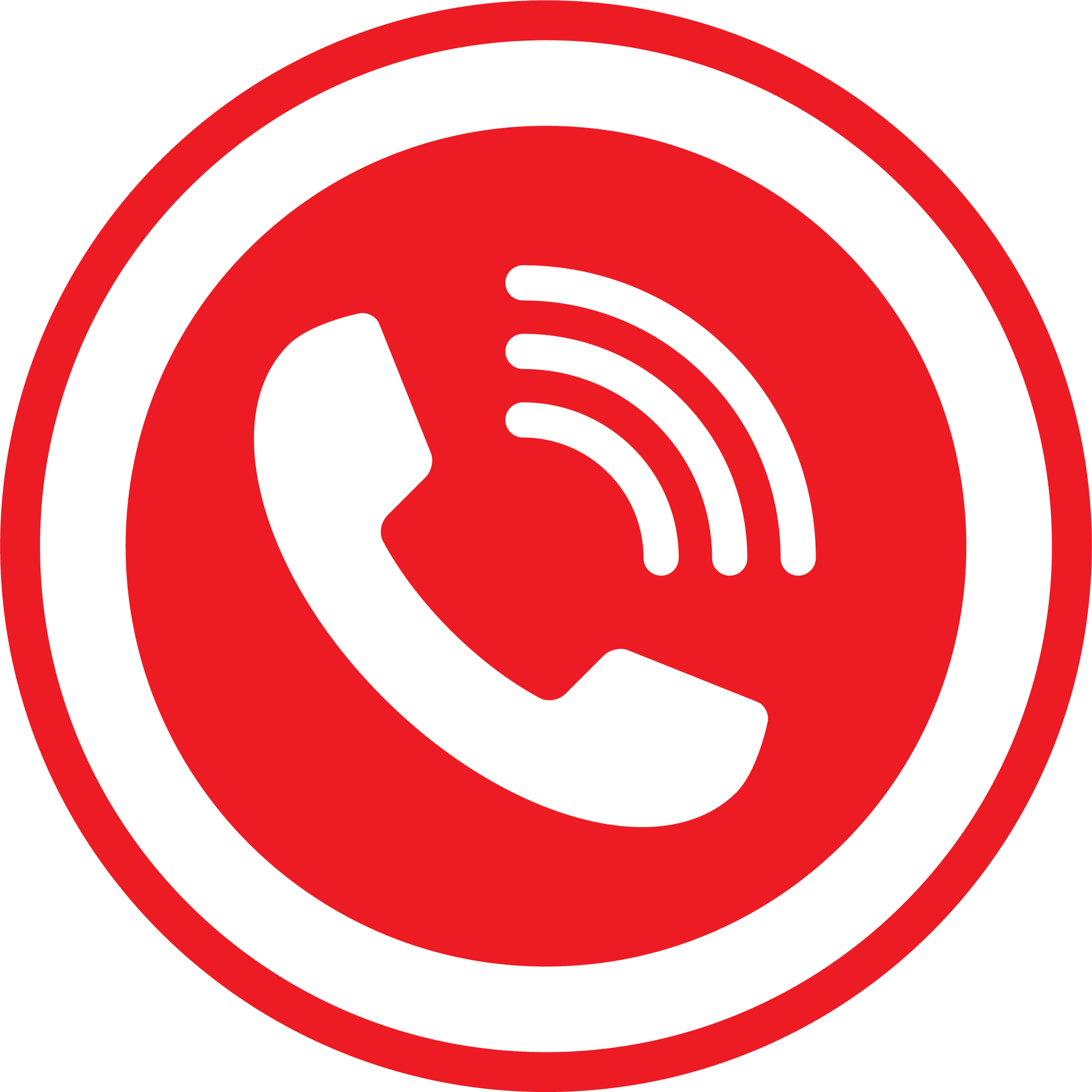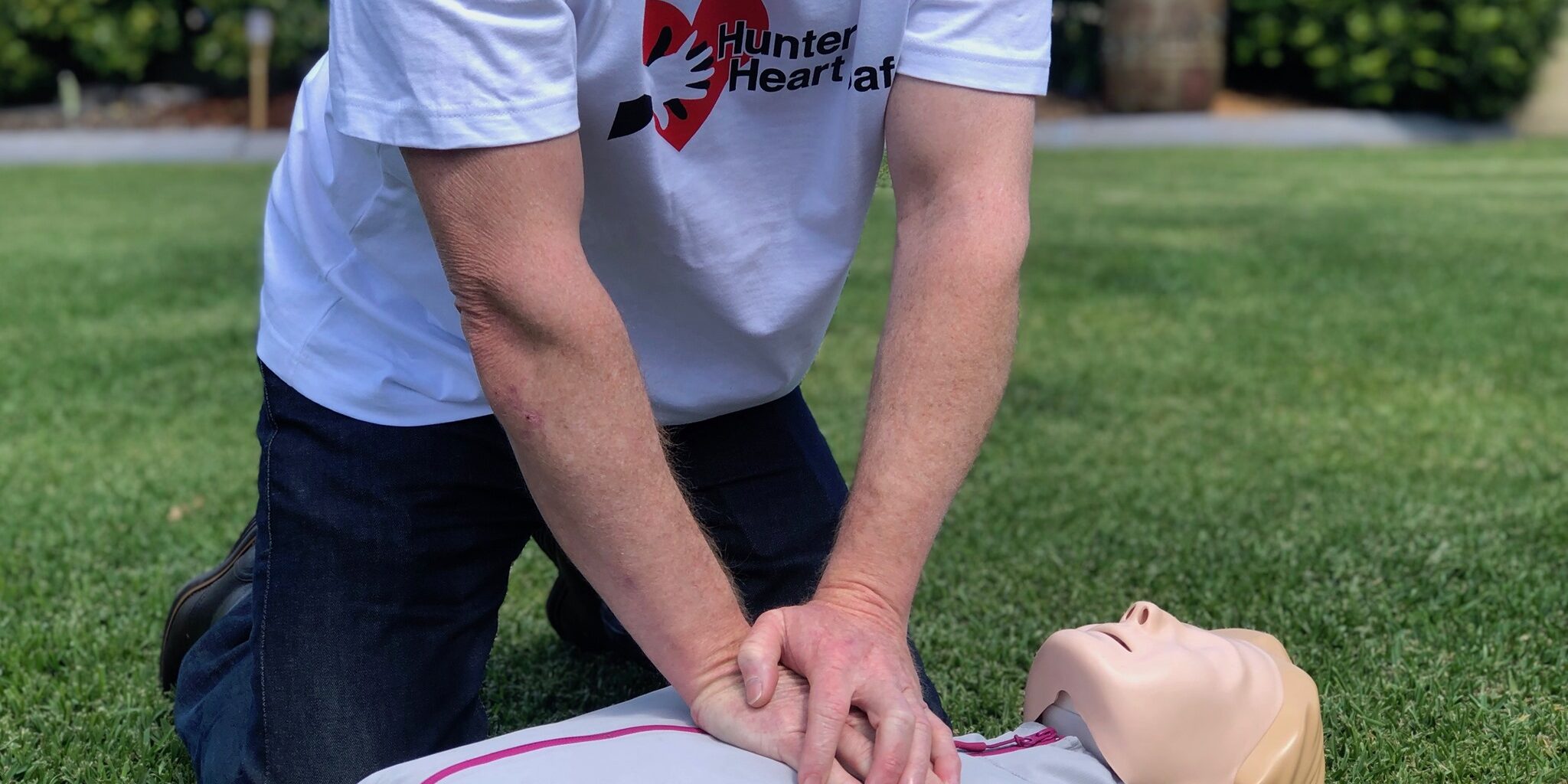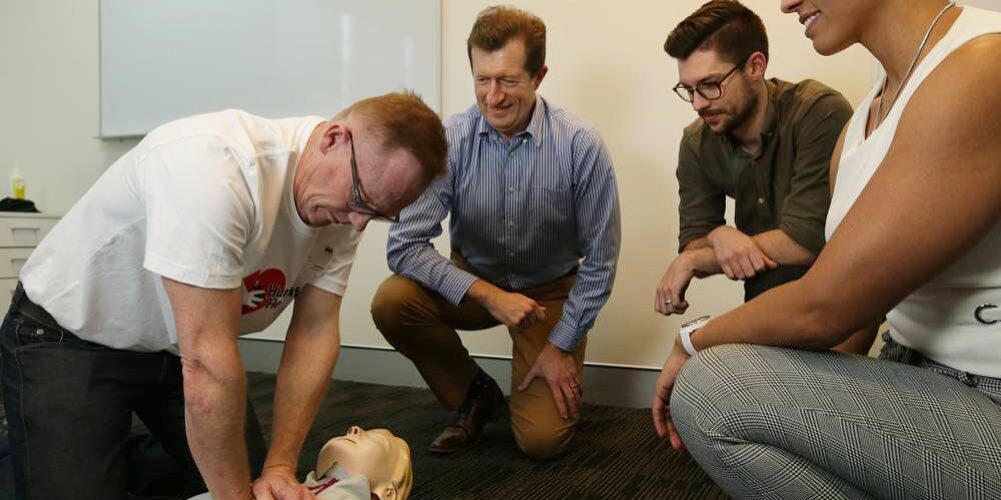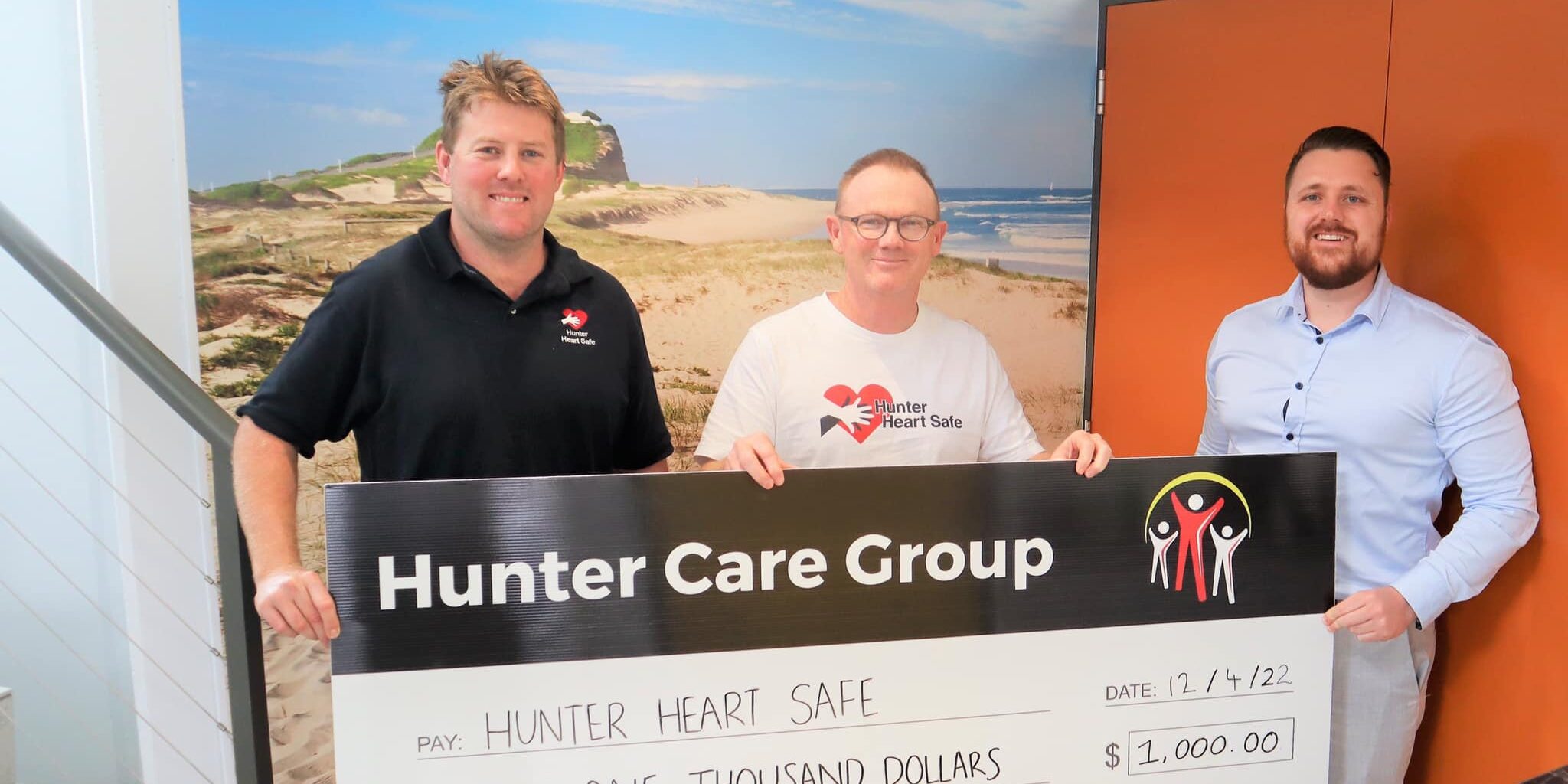Learning Cardiopulmonary Resuscitation (CPR) is one of the single most valuable things you can do to make your community safer.
While we hope this post is helpful in equipping you with the skills to save a life, feel free to get in touch with us if you have questions and always remember – You can’t always wait for help, sometime you are the help and we believe 100% that you can save a life.
CPR involves a simple set of steps designed to keep a person suffering cardiac arrest alive until definitive help can arrive. These steps are easy to learn and perform & better yet, we think we can teach you here in around 10 minutes.
So lets get going…
Determine exactly who needs CPR
The first step in this process is to Determine exactly who needs CPR. The answer is actually pretty simple.
People needing CPR are:
- Unconscious
- Not Breathing
If a patient is unconscious (you can’t wake them with a shake and a shout) and isn’t breathing (or is taking ineffective looking gasping breaths), there are 3 main things that must happen:
- Professional help must be requested (CALL).
- High quality chest compressions must start (PUSH).
- Apply and use an AED if available (SHOCK).

CALL
In Australia, the most reliable way to get extremely well trained rescuers to your location is by picking up your phone and dialling: 000
Once you have called 000 and requested the ambulance, a paramedic dispatcher will guide you through the rest of the process. They are a lifeline who will talk you through every step of the process. If all else fails – calling 000 early is about the best single thing you can do.

PUSH
The actual task of performing chest compressions is really straightforward:
- Position the person lying flat on their back – ensuring no acute danger is present (e. electricity, fire, crocodiles etc.).
- Join your hands on the middle of the patient’s chest with both palms facing down (as illustrated in the picture below).
- Press HARD and FAST until help arrives.
Note – You can estimate the ‘middle’ of the chest, but you should feel bony ribs under your hands – if it feels soft you are either on the belly or the neck…or worse!
The gold standard for rate (rhythm) and depth of external chest compressions is 100-120 compressions per minute, compressing one-third the depth of the patient’s chest (approximately 5cm).
Think the tempo of the Bee Gee’s ‘Staying Alive’ or Pink Fong’s ‘Baby Shark’.
This is understandably a physically demanding task, thus making it all the more important to ensure help is called in a timely manner. If other bystanders are present don’t be afraid to swap over chest compressors when you feel tired – this will prevent the quality of your compressions from dropping off.

SHOCK
Automated External Defibrillators (AEDs) are lifesaving devices that are being made publicly accessible in an enormous variety of places where you can use them to save a life.
Where CPR buys you time by moving blood around the body, a shock from a defibrillator can often fix the underlying heart rhythm causing the arrest in the first place – quite literally shocking the life back into someone.
While defibrillation is often the most intimidating part of the resuscitation process, it is very user friendly. Essentially all AEDs will have purposely simple operating procedures that boil down to this:
- Bring the device to the patient
- Expose the patients chest
- Find and press the ‘ON‘ button of the AED
- Listen to the audible prompts from the device and follow the steps to apply pads to the patient
- Where a shock is required, you may be prompted to press a well identified ‘SHOCK‘ button.
Similar to calling 000, just turning the AED on will give you access to a set of clear voice instructions to serve as another life-line.
Once you have reached this point you have done everything we would do if we were right there with you. You have given the person the very best chance of surviving their cardiac arrest and we are proud of you!
From here, continue to provide chest compressions and follow the prompts of the ambulance service and AED until either the patient wakes and stops you OR the paramedics arrive and take over from you (they will be proud of you too).
SUMMARY
To summarise, when you come across a collapsed person who may have potentially suffered a cardiac arrest you should consider the following 3 steps:
Check that the patient is unconscious and not breathing (suspected cardiac arrest)
Call – for help (Shout and phone ‘000’)
Push – start chest compressions (push hard and fast until help arrives)
Shock – find and use an AED where possible
While this is well and good to read, there is a lot to be said for seeing it in action. The video below will run you through these steps again in more detail:




